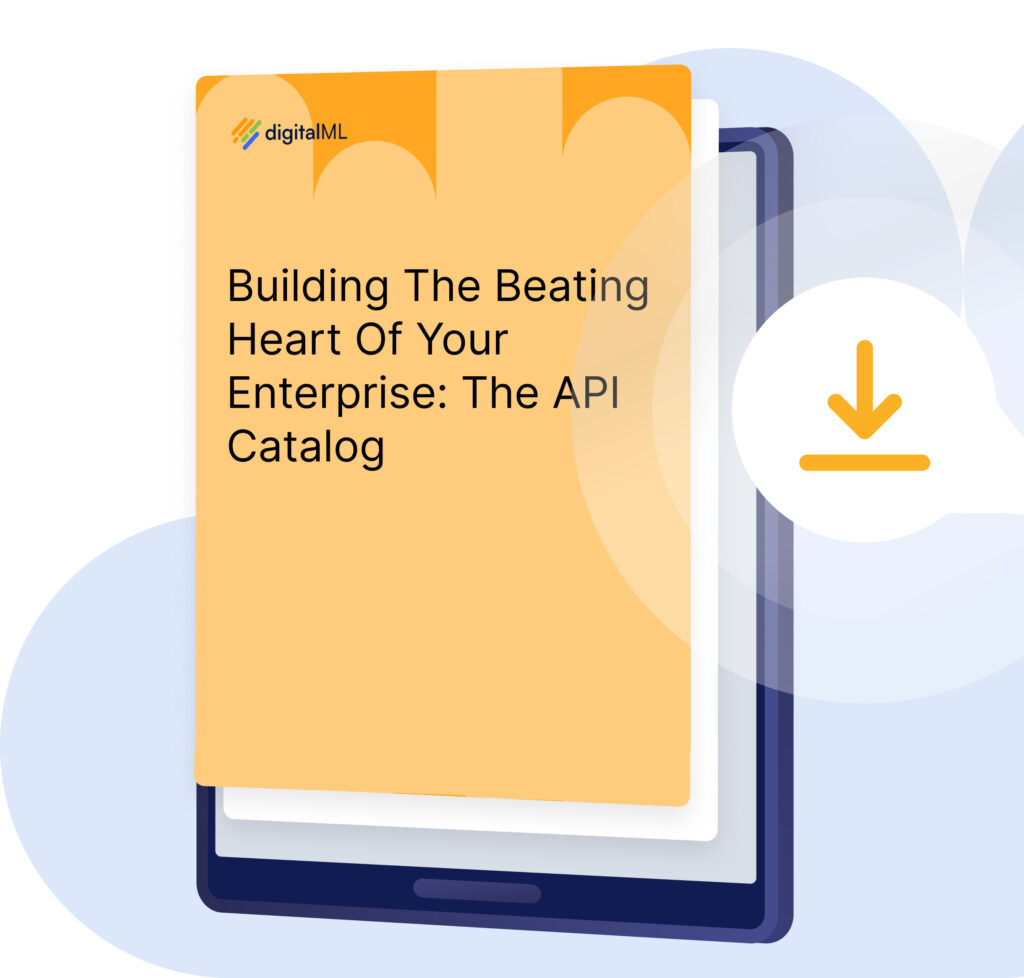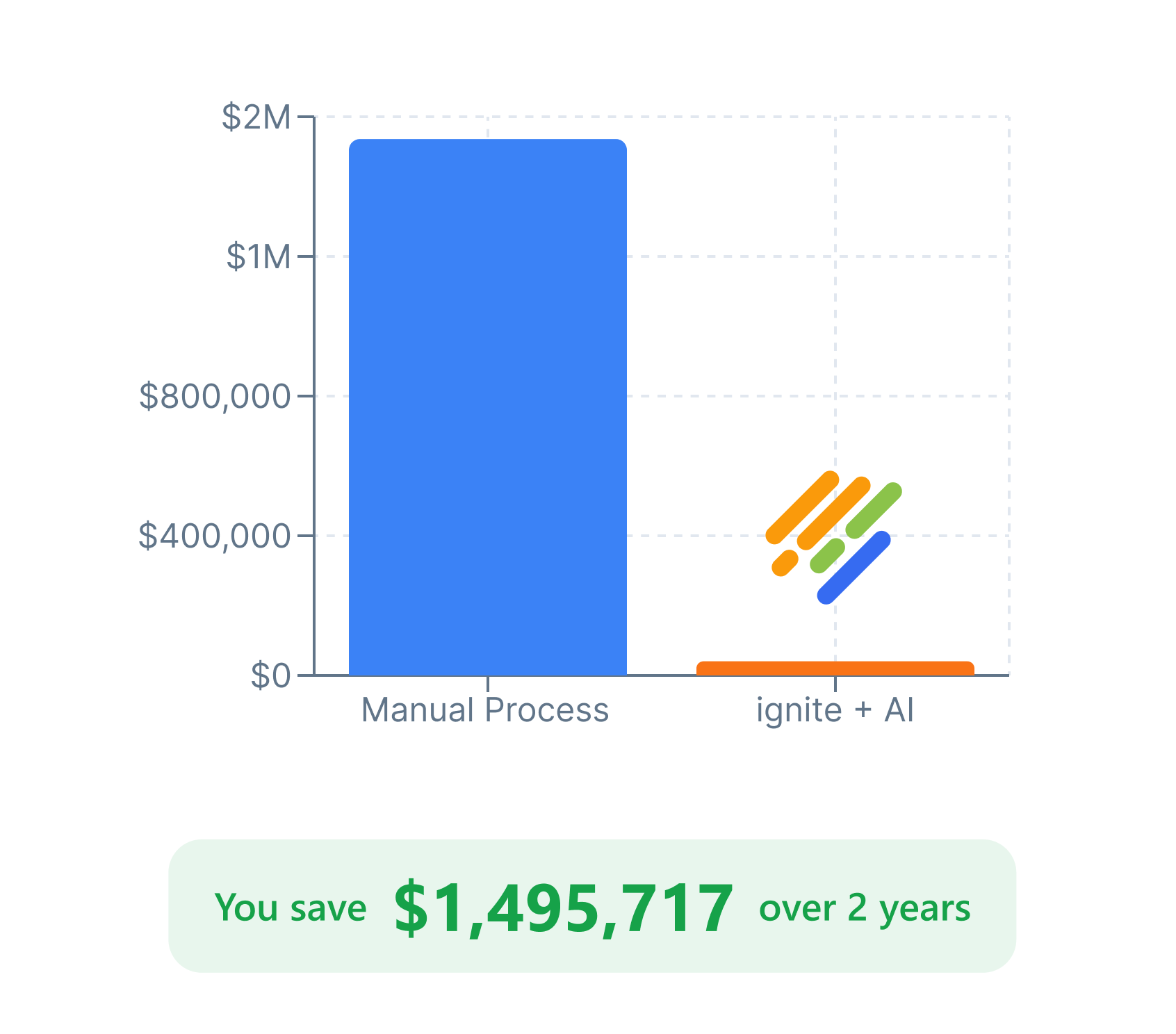16 Common Enterprise Architecture Best Practices
Digital leaders are distinguished by how they structure their IT landscape. The best ones, connect business and IT and enable the flexibility to integrate next gen architecture as needed.
We’ve worked with our customers on developing a standardized best practice architecture centred around APIs that integrates with an existing IT landscape, while providing the ability to integrate or move to new platforms as needed. Gain responsiveness and agility while increasing efficiency with these 16 architecture best practices!
1. Adopt an API-centric architecture
Benefit: Application programming interfaces (APIs) provide a way to easily connect systems, data, and capabilities. API first companies and products are providing differentiated experiences for customers and partners, hence their growing valuation and market share. API-centric architecture meets modern digital business needs.
2. Align business capabilities to APIs
Benefit: APIs are encapsulating your business’ core capabilities, and can be exposed as composable business building blocks. What’s more, your portfolio becomes properly organized and understandable by a wide range of stakeholders.
3. Prioritize a connected API architecture
Benefit: API tooling and workflows are integrated seamlessly, reducing architect and developer overhead and ensuring transparency and reportability into the entire API ecosystem.
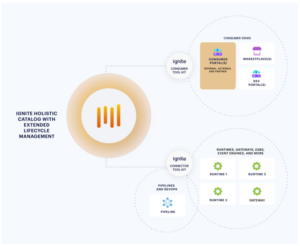
4. Focus first on enabling a small group of API stakeholders
Benefit: Enabling the API platform team (including architects), API providers, and consumers effectively in turn helps enable a wider range of business and IT stakeholders including Product Owners, Leadership. and compliance teams. Create a cross-functional API ecosystem.
5. Data-driven decisions on your IT architecture and APIs
Benefit: By leveraging API observability and monitoring including consumption data across a connected ecosystem, you can effectively prioritize initiatives, improve API runtime management costs, and identify candidates for refactoring, retirement, reuse etc.
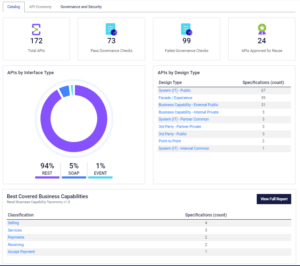
6. API abstraction to drive flexibility
Benefit: Define APIs without being tied to current technology choices using API abstraction. Enable technology generation changes (e.g. SOAP to REST, REST to GraphQL) through regeneration not recreation of the APIs. Plus, easily adopt new technologies and API trends that suit your enterprise’s use cases.
7. ignite as the API and API metadata system of record: one unified catalog
Benefit: Avoid integrating separate repositories and ensure a correct, complete, and up to date catalog with alignment to capabilities, systems and experiences. A single repository maintaining APIs across lifecycles and versions for a single source of truth.
8. Improve API discoverability and reuse
Benefit: Your APIs are most valuable when they’re being consumed. Effective discovery from a single location such as ignite’s Consumer Portal (powered from the catalog) enables easier and more frequent reuse with corresponding cost reduction.
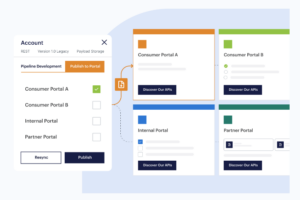
9. Map system of record applications, business capabilities and taxonomies to API Designs and Specifications
Benefit: Provides end to end lineage and impact analysis; ability to group and discover based on business and technical needs; accelerates identification and deployment of next gen architecture.
10. Treat all APIs as products
Benefit: Translate business capability models describing business behavior and priorities into service activity. Ensures a business value focused approach for external and partner APIs while coordinating multiple domains, programs and interests. At the same time manages internal and one-off APIs in a reportable and well-governed way. Links expected KPIs to realized.
11. Automated, flexible, and democratized governance
Benefit: APIs governed in a self-service way with different levels of governance and security policies based on use case, teams, API type etc.. Governance becomes an accelerator to differentiated APIs with reliable and standardized experiences, instead of a handbrake to development speed.
12. Top-down and bottom-up development: enable both
Benefit: The realities of an enterprise API development program can be embraced. Developers who would otherwise be creating APIs under the radar of governance and API management processes can be met where they are to contribute to the holistic catalog. Meanwhile business-led, domain-driven API design and development can be supported alongside.
13. Generate API Specification documents
Benefit: Create consistent OpenAPI, WSDLs and more through generation from one source and one configuration. Consistent Specification representations makes API build and consumption easier.
14. Standardization through domain and information models
Benefit: A centralized store of information models and/or reusable domain model components lets APIs be defined in a semantically and structurally consistent manner with reduced effort during API design.
15. CI/CD for decoupled integration
Benefit: Integrate with API Management, Developer Portal, ESBs and other enterprise technologies through a DevOps pipeline rather than through direct integration. Achieves component runtime decoupling, leverages existing tooling and expertise, and enables an open-ended set of integrations.
16. Templates to generate technical artifacts
Benefit: Generation capability produces consistent technical outputs based on governed metadata values. Good candidates for generation include configured API proxies, Dev Portal entries and stubbed API implementation code.
The ignite Platform from digitalML helps adopt these enterprise architecture best practices at scale. One Holistic Catalog to capture, rationalize, govern, and manage the extended lifecycles of all your API types. Connected to your existing IT landscape and supplying multiple tailored API consumption experiences. Leverage ignite alongside support from digitalML’s experts over every step of your API maturity journey to deliver greater efficiency and API economy benefits.
Learn more from our free resources:
Free resources from digitalML to adopt enterprise API best practices
Differentiate Your Digital Enterprise Now
Learn how it can help your enterprise accelerate digital transformation

